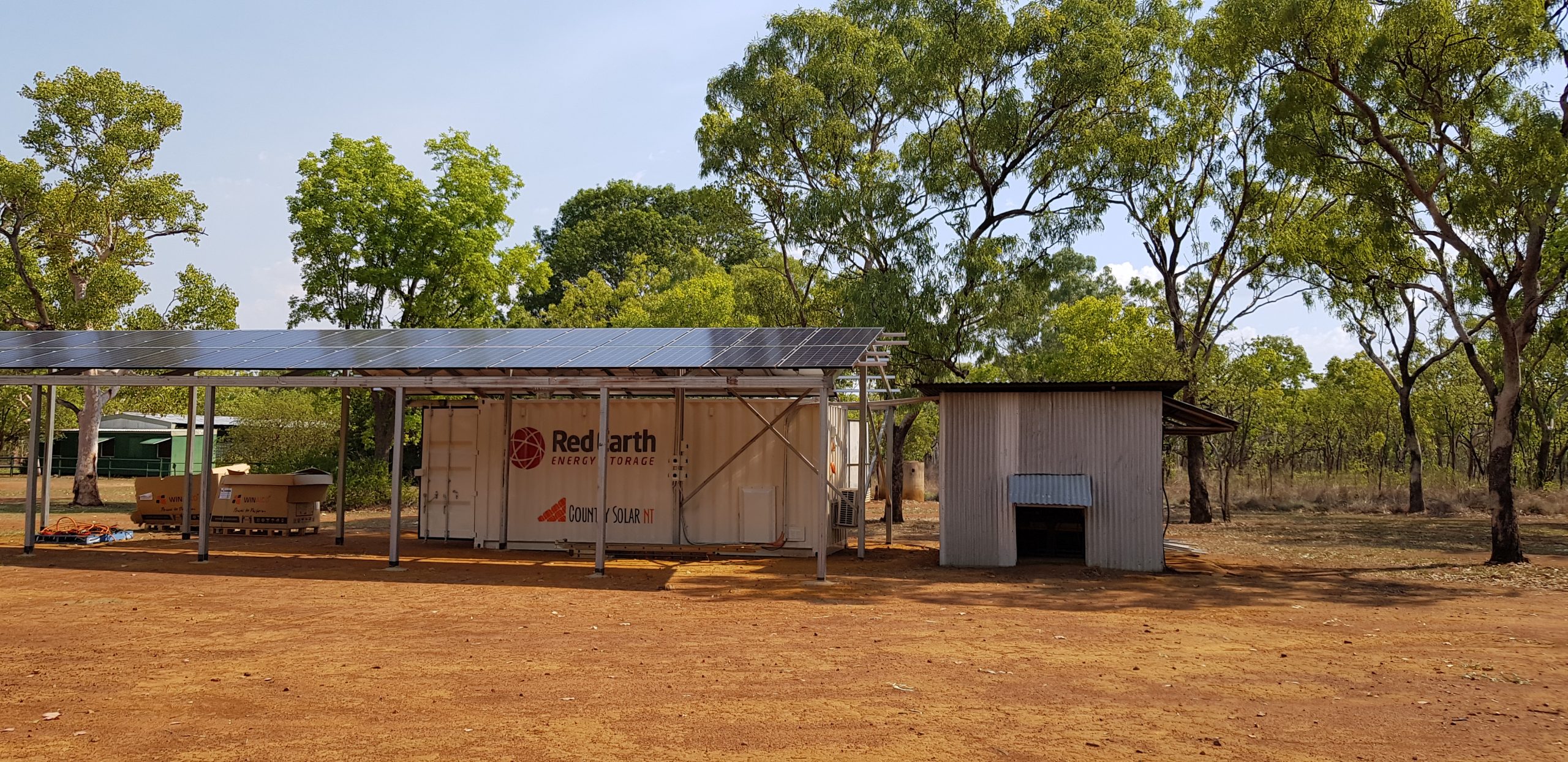Off-grid Solar Systems
Off-grid power systems supply electricity to properties that are not connected to local electricity network. These systems are often referred to as “stand-alone power systems” (SAPS).
These systems are independent power stations capable of powering a wide range of applications with reliable electricity. Whether it be for a small, new or existing home, a station, business or an entire community that has in the past relied on diesel generators, off-grid stand alone power systems are often the cleanest and cost effective answer!


How do these systems work?
Off grid systems supply electricity to properties that are not connected to, or have chosen to disconnect from, the local electricity network.
Solar panels convert sunlight to direct current (DC) electricity, which is then fed through the solar inverter to create usable alternating current (AC) electricity. AC electricity is then sent to the switchboard, where it is sent to the household appliances that are using electricity at the time, and any surplus electricity is sent to the battery bank to recharge it.
The inverter/charger will stop the solar system from recharging the batteries once they are full. When your solar system is not producing electricity, your battery bank will send power to your household appliances.
If the battery bank state-of-charge level gets too low, the inverter/charger will turn on the backup generator automatically to power the house electrical appliances and recharge the battery bank.
There are two different ways of configuring an off grid system – AC-Coupling and DC-Coupling – and each have unique advantages. The configuration type will have an impact on the life expectancy, efficiency and flexibility of your system.
To discuss how an off-grid solar system can meet your power needs please call (08) 8998 9609.

Off-grid Solar Systems
- Solar Array
Solar arrays’ should be located as close as practical to the standalone equipment enclosure. It must be capable of producing enough electricity (kWh) to replace what is used by your property on any given day – including days of poor weather.
- Batteries
Sizing your battery bank is incredibly important when designing your system. Understanding when and how much electricity (kWh) is used will determine the battery capacity required.
- Inverter Charger
The inverter/charger needs to be sized to the peak power (kW) requirements of your property. If you boil the kettle, run the air conditioner, and do a load of washing simultaneously, the inverter/charger needs to be capable of delivering this power all at once.
- Generator
Generator sets require much careful thought and planning when it comes to their installation and operation. The generator should be installed as close as is reasonably practical and convenient to the main residence and other stand alone equipment while giving careful consideration to the possible noise level when in use. Please note different safety regulations are applicable to permanently installed generators and portable directly supervised use generators.

How do these systems work?
Off grid systems supply electricity to properties that are not connected to, or have chosen to disconnect from, the local electricity network.
Solar panels convert sunlight to direct current (DC) electricity, which is then fed through the solar inverter to create usable alternating current (AC) electricity. AC electricity is then sent to the switchboard, where it is sent to the household appliances that are using electricity at the time, and any surplus electricity is sent to the battery bank to recharge it.
The inverter/charger will stop the solar system from recharging the batteries once they are full. When your solar system is not producing electricity, your battery bank will send power to your household appliances.
If the battery bank state-of-charge level gets too low, the inverter/charger will turn on the backup generator automatically to power the house electrical appliances and recharge the battery bank.
There are two different ways of configuring an off grid system – AC-Coupling and DC-Coupling – and each have unique advantages. The configuration type will have an impact on the life expectancy, efficiency and flexibility of your system.
To discuss how an off-grid solar system can meet your power needs please call (08) 8998 9609.

Off-grid Solar Systems
During your system consultation and design with Country Solar NT we provide you with recommendations and information about what equipment is suitable and where the equipment is to be installed.
Following contract acceptance we provide you with detailed infrastructure guides and plans to clearly communicate where equipment is to be installed, requirements before installation and what Country Solar NT and the customer is responsible for.
All system components and sizes are chosen for many factors. Including capacity, location, performance and cost. Your Load Profile information, or specific energy demand, forms the basis of all our equipment and system design recommendations.


